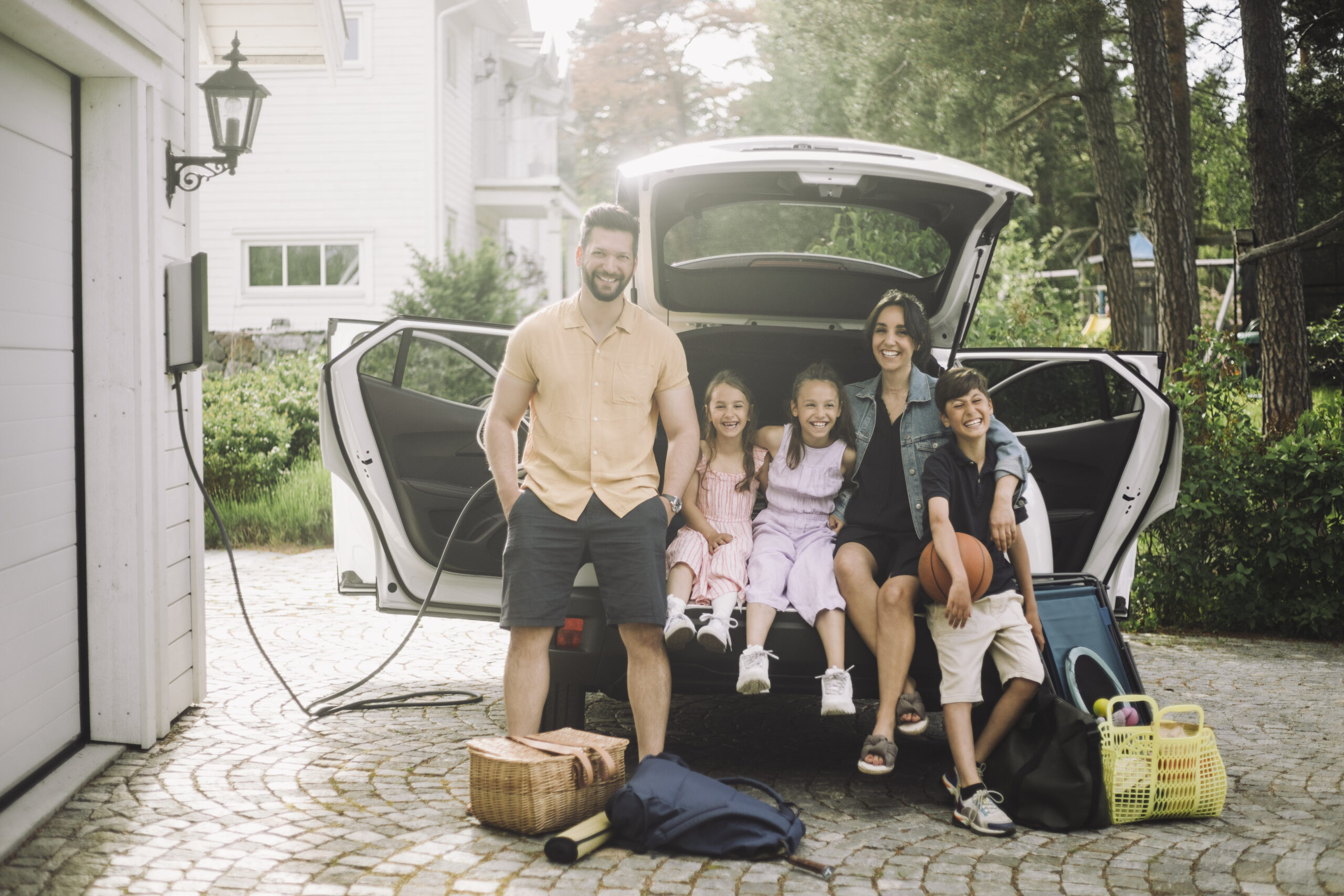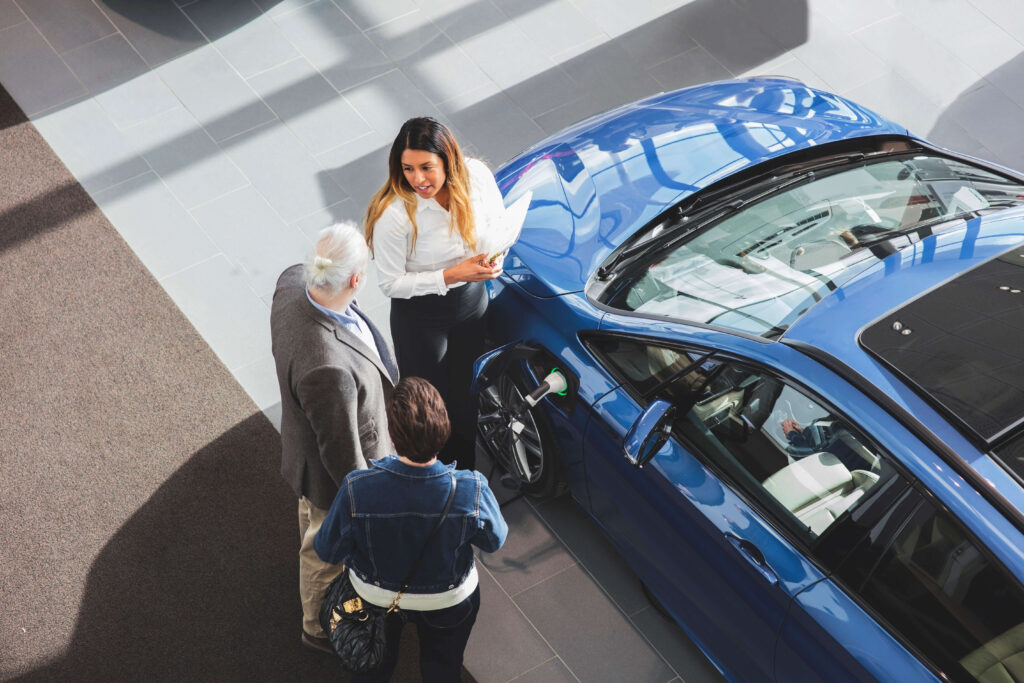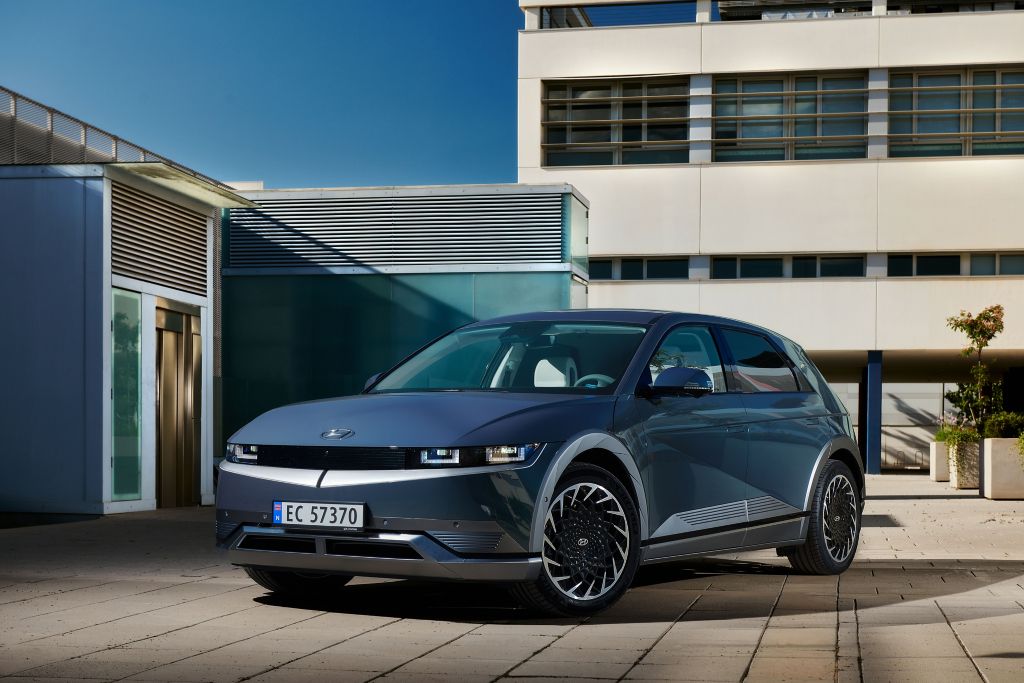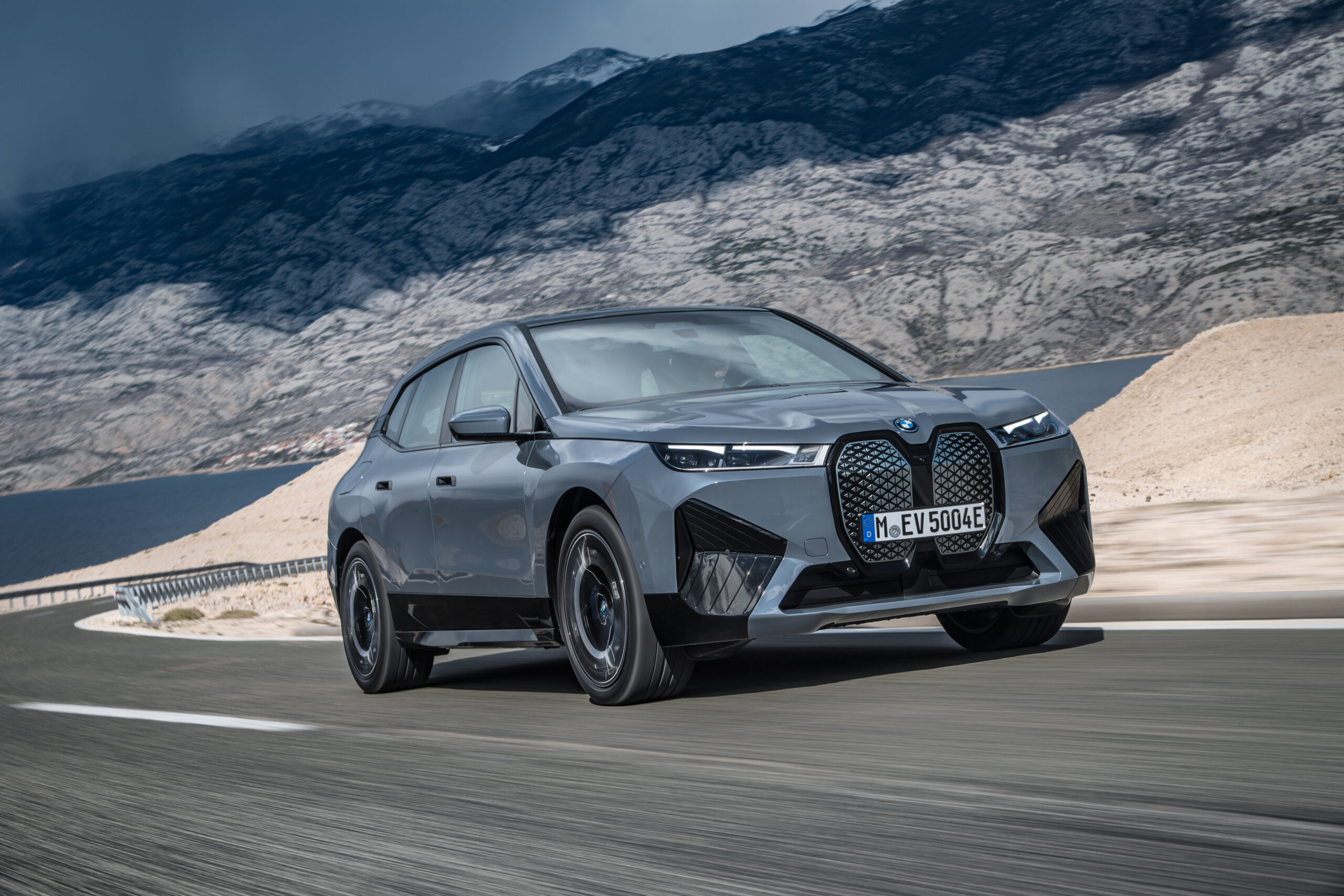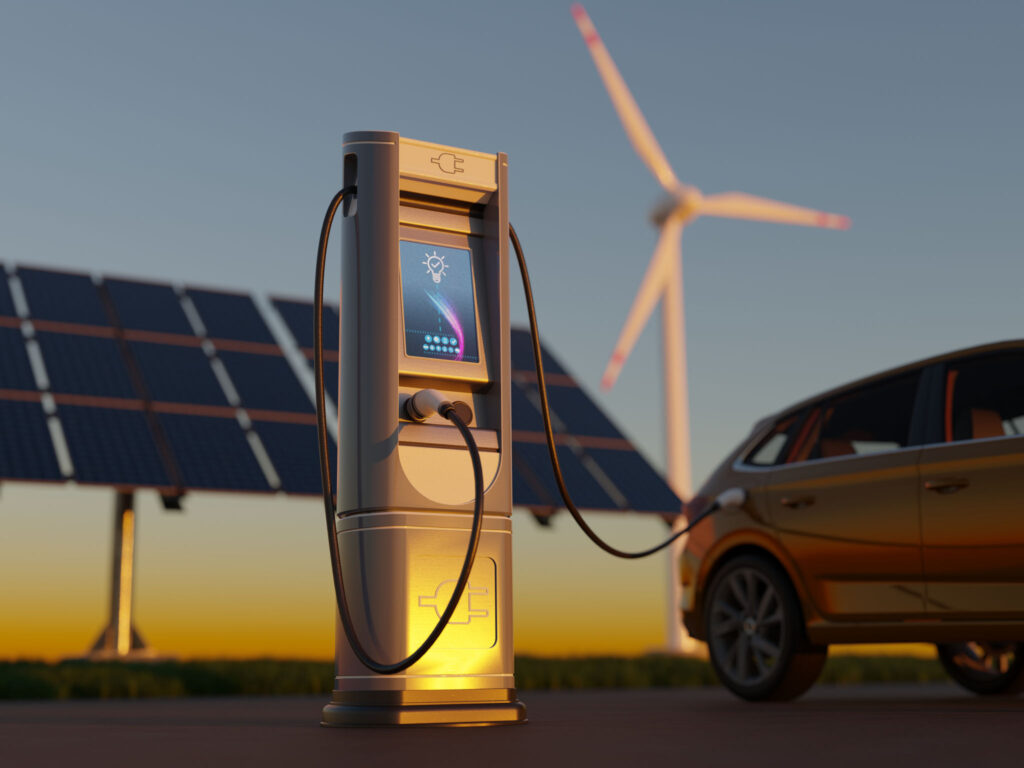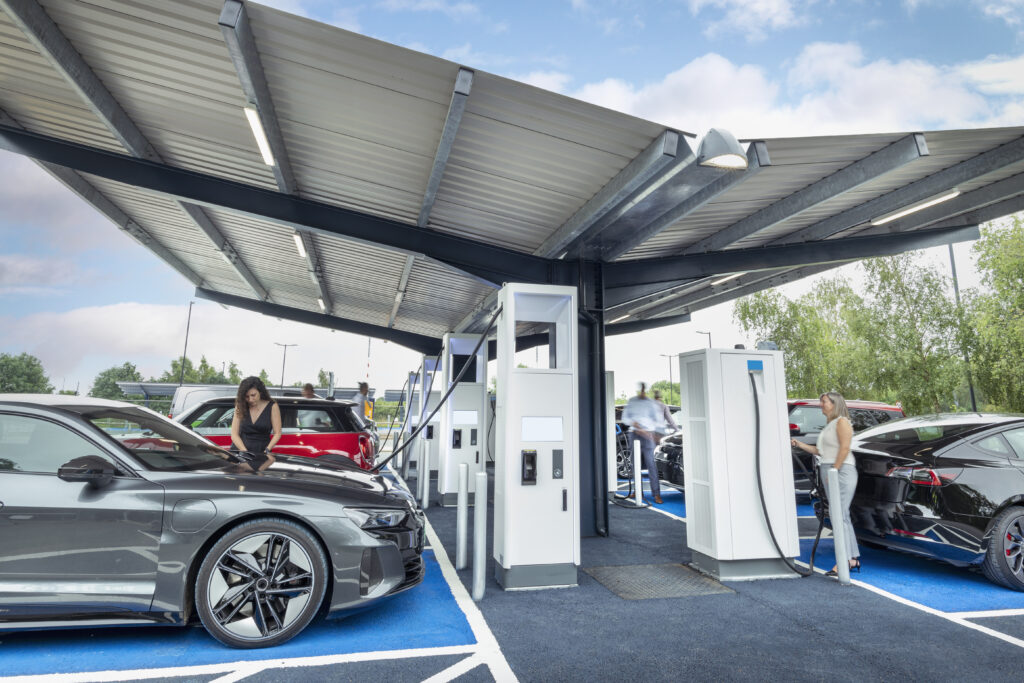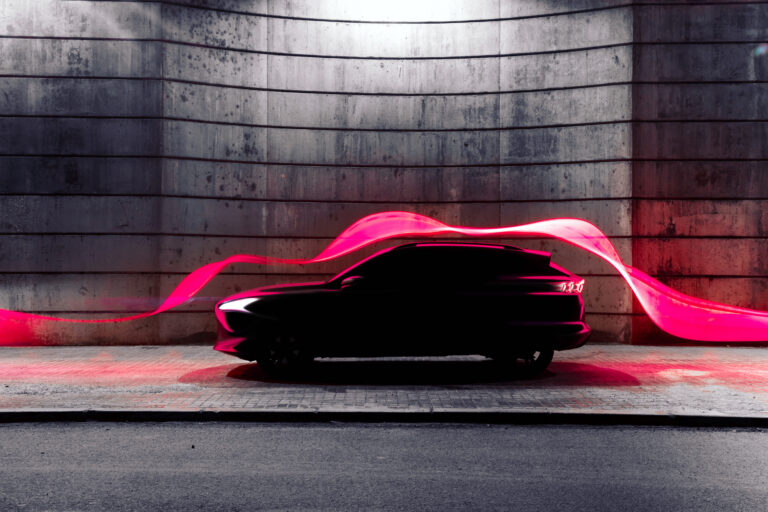
When it comes to EVs, everyone has a wish list of improvements but extending battery life and increasing charging options are usually near the top.
Researchers are aware of that, and reports show that better batteries and charging methods, including battery-swapping stations and battery-charging roads, could be on the EV scene in the not-so-distant future.
Willett Kempton, a professor at the University of Delaware who invented EV vehicle-to-grid power, said that in the next few years he envisions EV innovations that will improve batteries, charging methods and car design.
“I think there will be more chargers installed and batteries will be available that are smaller, lighter and have a longer range per car,” Kempton said. “On the other hand, I’m expecting some more modest-size vehicles with battery distance in the 150-mile to 200-mile range, to meet the needs and budgets of the one-quarter of U.S. drivers who never drive more than that.”
Measuring Battery Power
Estimating battery life is a critical area of EV research, particularly when it comes to using EVs for mass transit, said Giorgio Rizzoni, chair in electro-mechanical systems for Ford Motor Company and a professor at Ohio State University.
While Rizzoni and his team work on many EV projects supported by industry and government sponsorships, a large project funded by the Federal Transit Administration is designed to understand the lifespan of lithium-ion batteries in transit buses. Rizzoni has done similar work with passenger car manufacturers. “We want to estimate the strength of a battery and how long it will last, and we’re trying to make the measurement as accurate and predictable as possible. The work we do leverages our relationship with the Central Ohio Transit Authority, and we hope it will eventually be used by COTA and other transit agencies.”
Transit managers need to know the range of batteries on electric buses, so they can ensure they can complete their routes, Rizzoni noted.
“The performance of a battery varies depending on where the EV is,” Rizzoni said. “The location’s impact on batteries is profound. They age faster in hot climates.”
As for applications in passenger cars, Rizzoni said the tools they develop are more likely to be used by automakers to provide useful diagnostic information related to battery life.
Testing Different Batteries
Several companies are trying to perfect solid-state batteries as a possible alternative to lithium-ion batteries. They have advantages such as shorter manufacturing times and speedy charging. On the downside, they are difficult to recycle, and when lithium dendrites (they resemble tiny icicles) form in the battery, they can cause it to short-circuit.
Other charging methods in the works include lithium-sulfur batteries and induction charging, which could make significant differences in the EV industry by making charging faster and more convenient.
More Convenient Charging
Speedier charging is going to be available to more EV owners, now that Tesla has opened up its fast-charging network, the North American Charging Standard (NACS), allowing non-Tesla drivers to charge their cars at more than 15,000 supercharging stations across North America.
And a no-stop charging solution is being evaluated in Detroit, with the hope of expanding it to other locations. A quarter-mile stretch of 14th Street in the city is wired to charge EVs as they drive, through the use of carbon induction charging coils in the road. These types of roads are already being used in Sweden and Israel.
A Chinese company, NIO, created automatic battery swap stations, where drivers can trade their battery that is running on empty for a fully charged one. Stations currently are available in Europe.

Other EV Innovations
More efficient and widely available ways to tap into an EV’s power are not far off. Kempton’s team at the University of Delaware developed the SAE J3068, a standard connection for an EV to join the power grid. Owners can relay the power back to their utility company and get reimbursed or use the electricity to power their home, camping trips or other activities. “This is available now on some new EVs,” said Kempton. “It will be easier and more standard across EVs when they start using J3068.”
Outside of batteries, observers are anticipating changes in designs to make the cars more aerodynamic. This includes “intelligent” lighting, which adapts to conditions; and solar roofs, which could generate power for smaller devices or the battery and digital dashboards.
Moving forward on these innovations requires not just money, Rizzoni said, but support from all corners of society. “Many facets of the EV world are still widely misunderstood, and consumer education should be an important part of this evolution,” he said.
“The widespread introduction of battery electric vehicles requires the convergence of charging infrastructure development, with public sector investment at the local, state and federal level,” Rizzoni said. The successful adaptation of EVs hinges on effective business models and technologies that make cars and charging more cost-effective and convenient for consumers. “AAA can and will play an important role in educating consumers.”
AAA’s Recommendation: Whether you own an electric vehicle or a gas-powered car is up to you – and you should consider lots of factors in making that choice. No matter what type of vehicle you’re choosing, we recommend visiting a dealership, test driving one, and asking as many questions as possible to make an informed decision.
